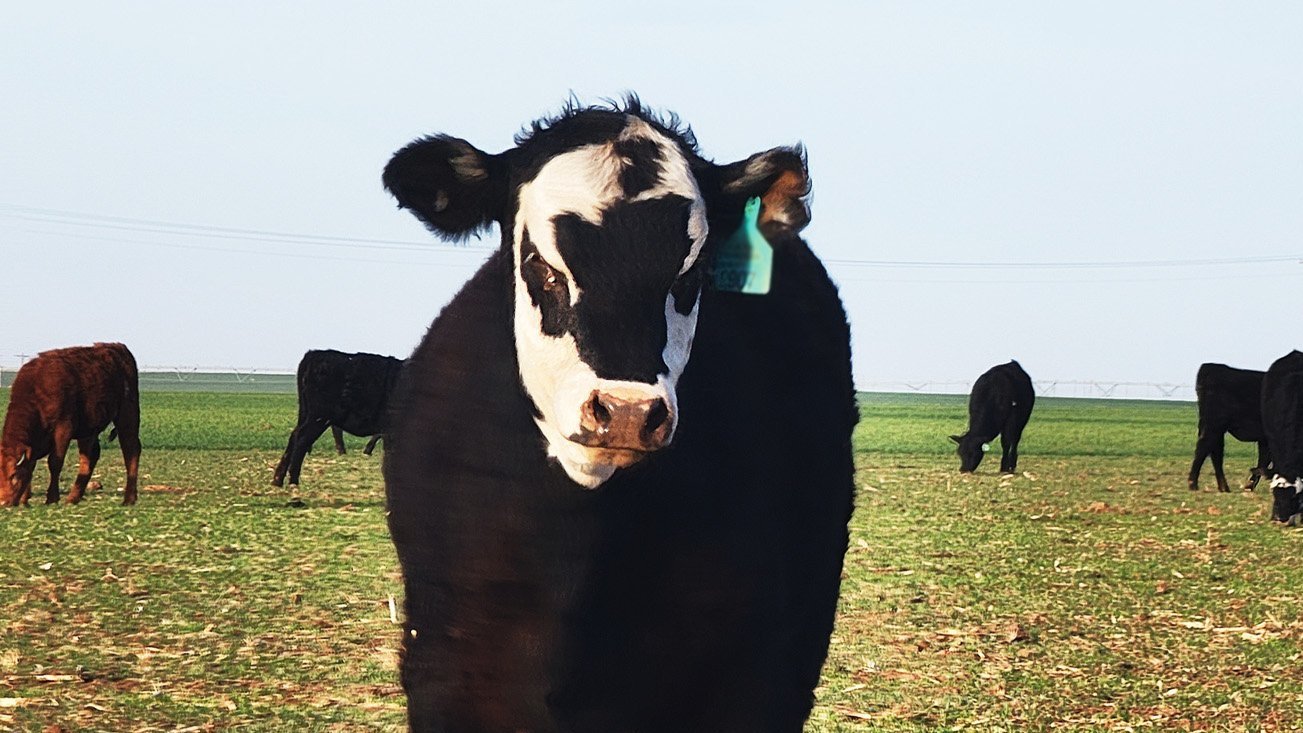
Life Cycle
H. placei has a direct life cycle, meaning it does not require an intermediate host.
eggs are excreted in the feces, develop into larvae in the environment, and are ingested by the host.
Definitive Host:
Cattle
Intermediate host:
None
the Environment!
PrePatent Period:
2-3 weeks
Life Cycle:
Egg Stage: Adult female H. placei produce eggs that are expelled in the feces of the infected host. Each egg is smooth and oval-shaped.
Larval Development: The eggs develop into first-stage larvae (L1) in the environment. Under favorable conditions (moisture and temperature), these larvae molt into second-stage larvae (L2) and then into third-stage larvae (L3), which are the infective stage.
Infection: The L3 larvae are ingested by a grazing host (such as cattle). These larvae are able to survive in the environment for several months, making them accessible to grazing animals.
Development in the Host: After ingestion, the larvae migrate to the abomasum (the true stomach) of the host. Here, they mature into adult worms over a period of about 2-3 weeks
.
Mating and Egg Production: Once matured, the adult worms mate, and the females begin to produce eggs. These worms then feed on blood, leading to the clinical symptoms of infection. This cycle can repeat multiple times, with a single female capable of producing thousands of eggs each day.



